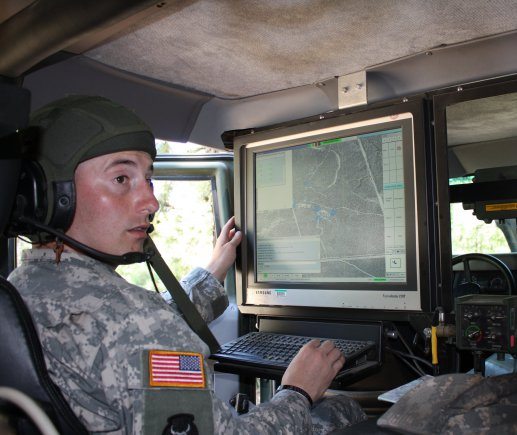The Government Accountability Office (GAO) has released the second of three annual reviews of Department of Defense (DoD) service contract inventories. As you know, POGO has repeatedly called for the government to improve the quality of these annual inventories, which are crucial for determining the true size and cost-effectiveness of the federal service contractor workforce and whether contractors are performing inherently governmental functions.
According to the GAO, DoD spent $204 billion on service contracts in fiscal year 2010. DoD relies on contractors to perform a wide variety of services, including professional and management support, information technology, and weapon system and intelligence functions.
The GAO reported that DoD has made a number of changes to improve the utility of the FY 2010 inventory, such as centrally preparing contract data to provide greater consistency among DoD components and increasing the level of detail on the services provided. However, the GAO found a number of problems that continue to limit the utility, accuracy, and completeness of inventories. DoD, to its credit, is making progress, but it does not expect to fully meet statutory requirements until FY 2016.
In the meantime, the shortcomings in DoD’s systems for compiling and reviewing inventories leave contractors free to run amok. According to the GAO, Army and Air Force inventory reviews identified 1,935 and 91 instances, respectively, in which contractors were performing inherently governmental functions. These are functions which, by law, must be performed by federal government employees.
For example, the GAO found 26 instances of Army contractors performing the inherently governmental function of Systems Coordinator, a position that involves representing program managers at meetings, acting as a liaison with Congress, and writing background papers for military staff. In another example, the entire police force at U.S. Army Kwajalein Atoll in the Marshall Islands (pictured above) was made up of 47 contractors patrolling, issuing citations, making arrests, and investigating misdemeanors. (Check the Federal Acquisition Regulation (FAR) subpart listing examples of inherently governmental functions, and the first one you’ll see is “the direct conduct of criminal investigations.”)
As for the Air Force, the GAO determined that the Air National Guard and the Air Force Space Command had the largest number of inherently governmental functions being performed by contractors. One Air National Guard contractor was providing analytical support for planning, programming, and budgeting matters. Another was providing programmatic advice and advocacy.
Here’s the worst part: Despite conducting inventory reviews identifying these particular instances of contractor performance of inherently governmental functions, the Army and Air Force often failed to take corrective action. GAO found contractors were still performing inherently governmental functions in 8 of the 12 cases it reviewed—sometimes, it had been more than a year after the instance was discovered.
The report partly blames the problem of contractor overreach on the difficulty the Army and Air Force are having hiring civilians due to DoD’s decision last year to freeze civilian full-time equivalents at FY 2010 levels. This is another reason why POGO agrees with the letter drafted last month by Congressman Maurice Hinchey (D-NY) and 130 other House members urging Secretary of Defense Leon Panetta to eliminate the civilian workforce cap.










